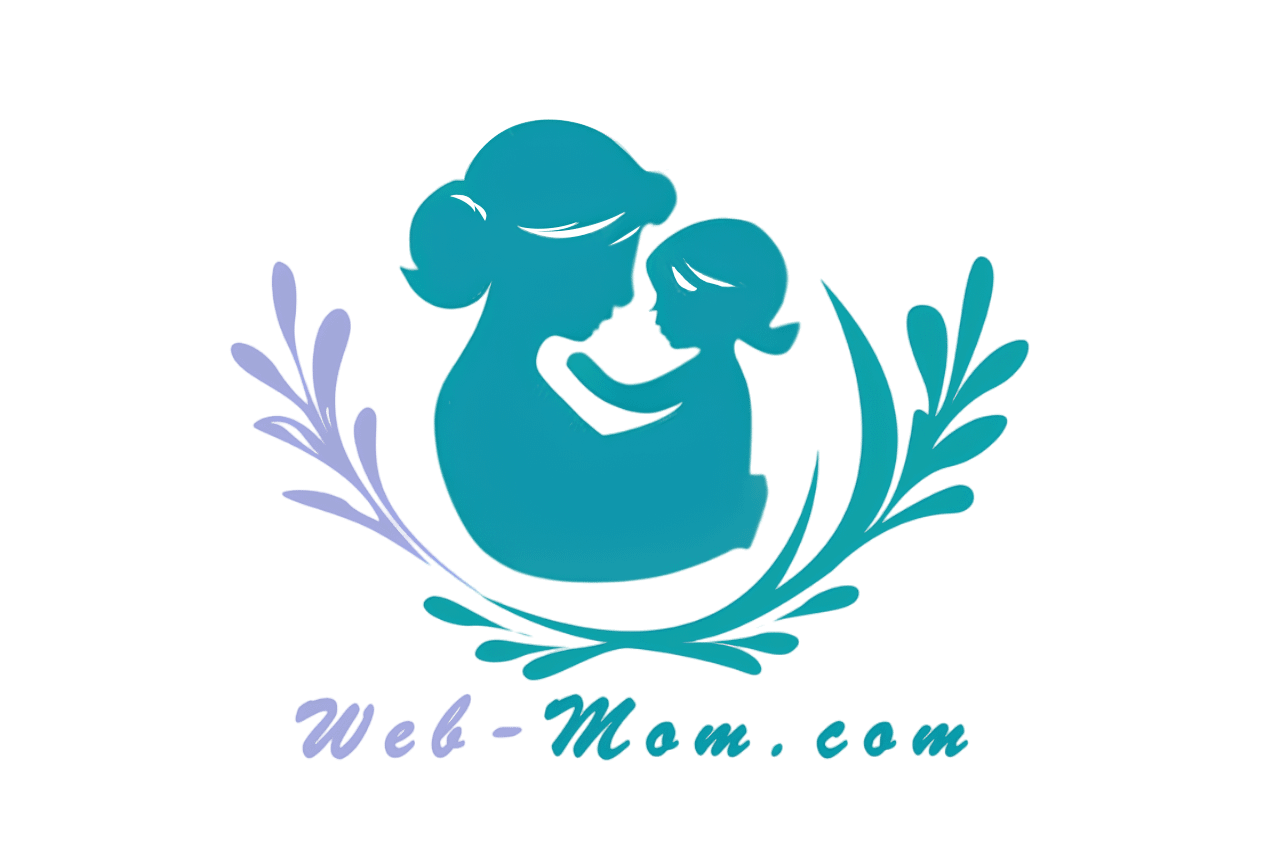

WEB-MOM – Discovering that your infant has a milk allergy can be challenging and stressful for parents. Understanding the signs, symptoms, and management of milk allergy is essential to ensure your baby’s health and well-being. At Web-Mom.com, we aim to provide you with comprehensive information to help you navigate this condition confidently.
“Learn about infant milk allergy on Web-Mom.com. Discover the signs, symptoms, and management strategies to ensure your baby’s health and comfort.”
In this article, we will cover the basics of infant milk allergy, its symptoms, diagnosis, treatment options, dietary management, and tips for parents to manage this condition effectively.
Understanding Infant Milk Allergy
What is Infant Milk Allergy?
Infant milk allergy is an adverse immune response to the proteins found in cow’s milk. Here’s what you need to know:
- Immune Reaction: The baby’s immune system mistakenly identifies milk proteins as harmful, triggering an allergic reaction.
- Common Proteins: The proteins casein and whey in cow’s milk are the usual culprits.
- Prevalence: Milk allergy is one of the most common food allergies in infants, affecting about 2-3% of babies.
Types of Milk Allergy
There are two main types of milk allergy:
- IgE-Mediated Milk Allergy: This type involves the immune system producing Immunoglobulin E (IgE) antibodies in response to milk proteins, leading to immediate allergic reactions.
- Non-IgE-Mediated Milk Allergy: This type does not involve IgE antibodies and typically results in delayed symptoms, often affecting the gastrointestinal system.
Symptoms of Infant Milk Allergy
Common Symptoms
The symptoms of milk allergy can vary and may affect different parts of the body. Here’s what to look for:
- Skin Reactions: Hives, eczema, or swelling of the lips, face, or eyes.
- Digestive Issues: Vomiting, diarrhea, colic, constipation, or blood in the stool.
- Respiratory Symptoms: Runny nose, coughing, wheezing, or difficulty breathing.
- General Symptoms: Irritability, poor feeding, or failure to thrive.
Severe Symptoms
In severe cases, milk allergy can cause anaphylaxis, a life-threatening reaction. Here are the signs:
- Swelling: Severe swelling of the face, lips, or throat.
- Breathing Difficulty: Difficulty breathing, wheezing, or shortness of breath.
- Rapid Pulse: An unusually fast heartbeat or pulse.
- Dizziness or Fainting: Feeling lightheaded or losing consciousness.
Diagnosis of Infant Milk Allergy
Medical History and Physical Examination
The diagnosis often begins with a thorough medical history and physical examination. Here’s what the doctor will do:
- Symptom Review: Discuss your baby’s symptoms, their onset, and duration.
- Family History: Ask about any family history of allergies or asthma.
- Physical Exam: Conduct a physical examination to assess your baby’s overall health and look for signs of an allergic reaction.
Allergy Testing
Several tests can help diagnose milk allergy. Here are the common ones:
- Skin Prick Test: A small amount of milk protein is placed on the skin, which is then pricked to see if a reaction occurs.
- Blood Test: Measures the level of IgE antibodies in response to milk proteins.
- Oral Food Challenge: Under medical supervision, your baby is given small amounts of milk to observe for an allergic reaction.
Treatment Options for Infant Milk Allergy
Avoidance of Cow’s Milk
The primary treatment for milk allergy is the strict avoidance of cow’s milk and milk-containing products. Here’s how to manage it:
- Read Labels: Always read food labels carefully to avoid hidden sources of milk.
- Avoid Cross-Contamination: Ensure that food preparation areas and utensils are free from milk contamination.
Breastfeeding
Breastfeeding can often continue with some modifications. Here’s what to consider:
- Maternal Diet: If breastfeeding, the mother may need to eliminate all dairy products from her diet to prevent milk proteins from passing to the baby.
- Nutritional Supplements: Ensure that the breastfeeding mother gets enough calcium and vitamin D from other sources or supplements.
Hypoallergenic Formulas
For formula-fed babies, hypoallergenic formulas are recommended. Here are the options:
- Extensively Hydrolyzed Formula (EHF): Contains proteins that are broken down into smaller, less allergenic pieces.
- Amino Acid-Based Formula (AAF): Contains proteins in their simplest form and is used for babies who react to EHF.
Dietary Management
Introducing Solid Foods
When introducing solid foods, it’s essential to be cautious. Here’s how to do it safely:
- Start Simple: Begin with single-ingredient purees to monitor for any reactions.
- One at a Time: Introduce one new food every 3-5 days to identify potential allergens.
- Avoid High-Risk Foods: Initially avoid other high-allergenic foods such as eggs, peanuts, and soy until advised by your doctor.
Alternative Sources of Nutrients
Ensure your baby receives adequate nutrition without cow’s milk. Here are some alternatives:
- Calcium: Fortified plant-based milks (such as almond, soy, or rice milk), leafy greens, and calcium-fortified juices.
- Protein: Lean meats, poultry, fish, beans, and legumes.
- Vitamin D: Fortified cereals, fish, and exposure to sunlight.
Tips for Managing Infant Milk Allergy
Educate Caregivers
Ensure that everyone involved in your baby’s care is informed about the milk allergy. Here’s how to do it:
- Provide Clear Instructions: Give clear instructions on what foods to avoid and how to handle potential allergic reactions.
- Emergency Plan: Share an emergency plan outlining the steps to take if your baby has an allergic reaction.
Monitor for Reactions
Keep a close eye on your baby for any signs of an allergic reaction. Here’s what to do:
- Daily Check: Regularly check your baby’s skin and monitor for any digestive or respiratory issues.
- Keep a Food Diary: Maintain a food diary to track what your baby eats and any reactions they may have.
Manage Stress
Dealing with a milk allergy can be stressful for parents. Here’s how to manage it:
- Seek Support: Join support groups or online communities for parents of children with food allergies.
- Stay Informed: Keep up-to-date with the latest information and treatments for milk allergy.
- Practice Self-Care: Ensure you take time for self-care to manage stress and maintain your well-being.
When to Seek Medical Help
Emergency Situations
Seek immediate medical help if your baby shows signs of a severe allergic reaction. Here’s what to watch for:
- Breathing Difficulty: Any difficulty breathing or wheezing.
- Severe Swelling: Swelling of the face, lips, or throat.
- Loss of Consciousness: Fainting or severe dizziness.
Regular Check-Ups
Regular check-ups with your pediatrician are essential for managing milk allergy. Here’s what to discuss:
- Growth and Development: Monitor your baby’s growth and development to ensure they are thriving.
- Nutritional Needs: Discuss any concerns about your baby’s nutritional intake and potential deficiencies.
- Management Plan: Review and adjust the allergy management plan as needed.
Conclusion
Managing infant milk allergy requires careful planning and vigilance, but with the right information and support, it can be effectively managed. At Web-Mom.com, we hope this comprehensive guide provides you with the knowledge and tools needed to ensure your baby’s health and well-being.
By understanding the symptoms, seeking proper diagnosis and treatment, and implementing effective dietary management, you can help your baby thrive despite their milk allergy. Remember, every baby is unique, and it’s important to tailor your approach to meet your baby’s specific needs.
Thank you for visiting Web-Mom.com. We hope you find our articles helpful and inspiring as you navigate the joys and challenges of parenthood.

Web-Mom.com is a small blog, where you can find information to be a better parents. From parent to parents 🙂
Site Links
About Web-Mom
We always thinking, what will other parents do? How can they do it? So here we are, writing article from parents around the world. We know, you know.
Copyright 2024 web-mom.com


